From his first appearance in Bram Stoker’s seminal 1897 novel to Robert Eggers’ new remake of Nosferatu, the vampiric Count has taken many forms throughout his illustrious Hollywood career.
So come with us, freely and of your own free will, as we take you through a brief history of Dracula in film.
Silent Screams
The first appearance of Dracula on screen was in 1921, in a silent Hungarian film called Drakula Halála (Dracula’s Death), though the plot did not follow Stoker’s novel. The film is considered lost, with only four publicity photographs and a novel adaptation surviving.
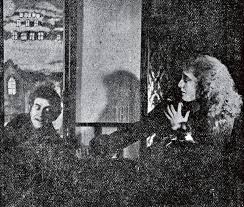
A year later, F. W. Murnau’s gothic masterpiece Nosferatu: A Symphony of Horror was released. Nosferatu was the first adaptation of Stoker’s story—but it was Count Orlok who brought so much terror, not Dracula, with various other names, places and details changed in the film to avoid copyright infringement. Stoker’s widow, Florence Balcombe, did not authorise Murnau’s adaptation and a court ruling even ordered all copies of the film to be destroyed. Thankfully, several prints survived, and the film has been a major influence on the horror and vampire genres ever since.
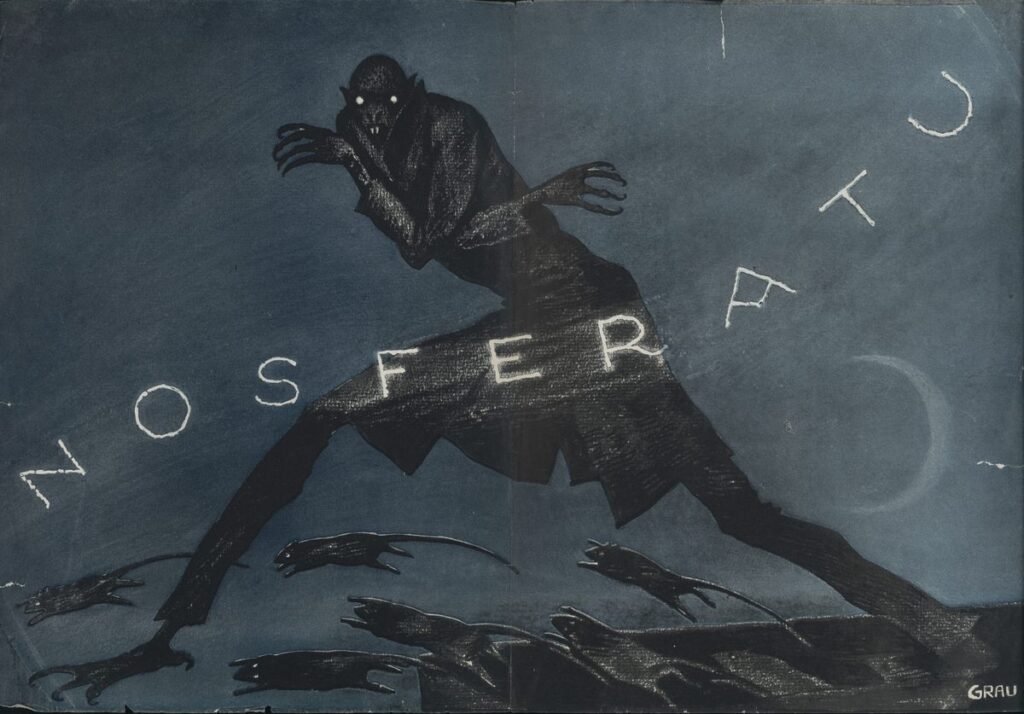
Universal Appeal
In 1931, Hollywood came knocking at Castle Dracula, with Universal producing the first ‘talkie’ version. Hungarian actor Bela Lugosi reprised his role from an earlier stage production, creating a very theatrical version of the caped Count.
Universal also produced a silent version, as many cinemas at the time did not have the capabilities to show films with sound, and a Spanish-language version with an entirely different cast and crew.
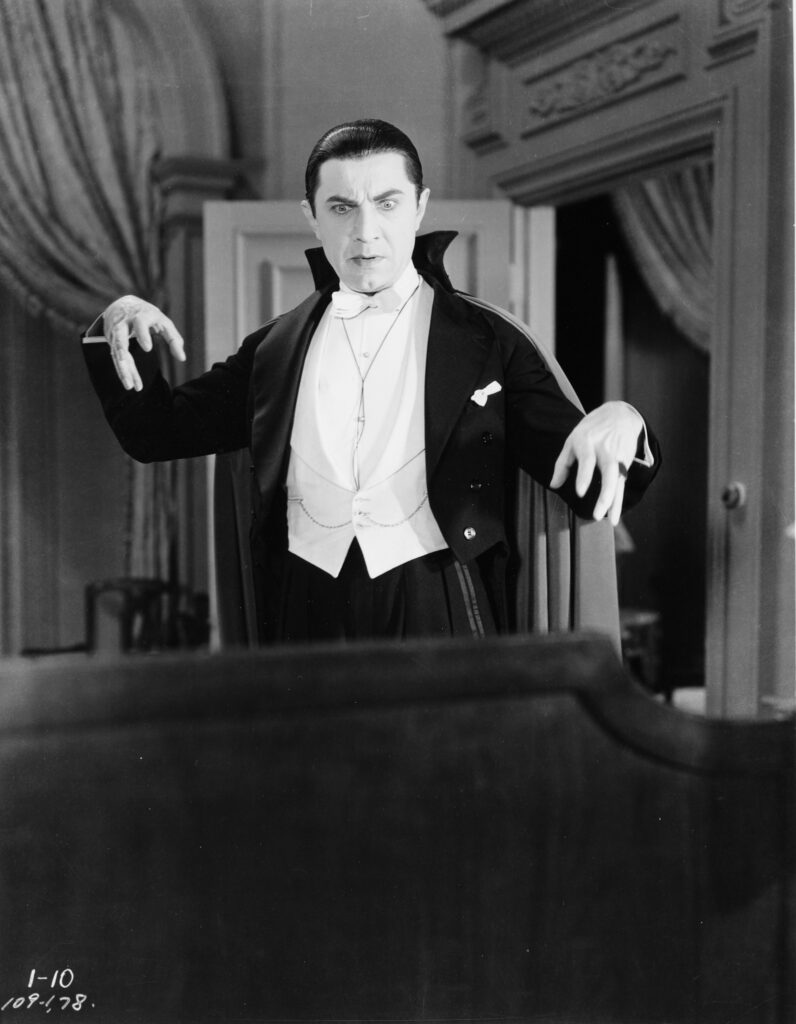
Dracula arrives in England
Hammer Film Productions produced the first full-colour adaptation of Dracula in 1958, following the success of their first foray into gothic horror, The Curse of Frankenstein. Christopher Lee took on the titular role, which was also the start of his own legacy as a true icon of horror. Lee went on to play Dracula a further nine times, including six more for Hammer Films.
Some of the props used for Hammer’s films, created by makeup artists Roy Ashton and Phil Leakey, are now part of the National Science and Media Museum’s collection and the fangs that Christopher Lee wore in his inaugural outing as Dracula will be on display in the museum’s new Sound and Vision Galleries later in 2025.
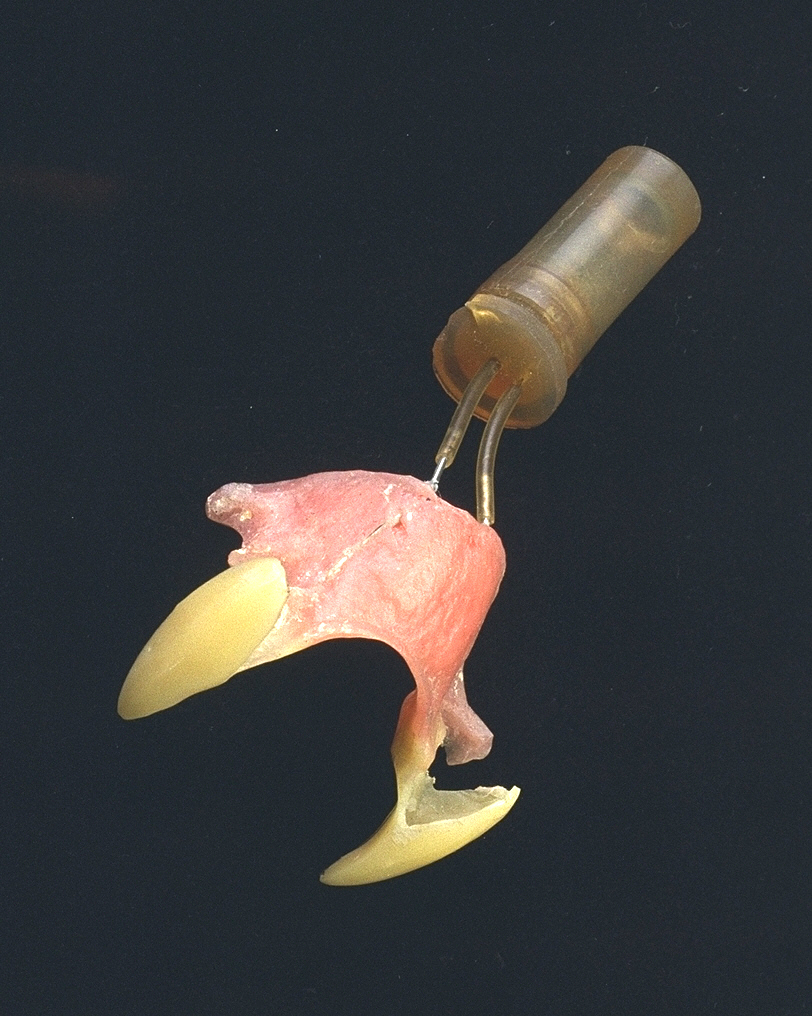
Nosferatu Returns
Over the two decades that followed Hammer’s Dracula, vampires were a constant on the big screen. In 1979, acclaimed director Werner Herzog brought Dracula back to Germany with his own remake of Nosferatu.
Herzog’s Nosferatu the Vampyre borrowed elements from the 1922 film, as well as being a more faithful adaptation of Stoker’s novel than Murnau’s could be, with Count Orlok becoming Count Dracula.
In 2000, E. Elias Merhige’s Shadow of the Vampire gave us a different take on the Nosferatu story, this time from behind the camera. The film tells a fictional account of the making of Murnau’s Nosferatu, with Willem Defoe playing lead actor Max Schreck, as the cast and crew begin to have suspicions about the film’s star.
Fang Fact: Two of the stars of Shadow of the Vampire have other connections to Dracula on film—Udo Kier played the part of Dracula in Blood for Dracula (sometimes called Andy Warhol’s Dracula) in 1974, and Willem Defoe stars in Robert Eggers’ latest outing for the Count, this time as his adversary Prof. Albin Eberhart Von Franz.
Robert Eggers’ Nosferatu takes Murnau’s original and makes it even darker, with all the gothic flair and meticulous attention to detail you would expect from the director of The Witch.
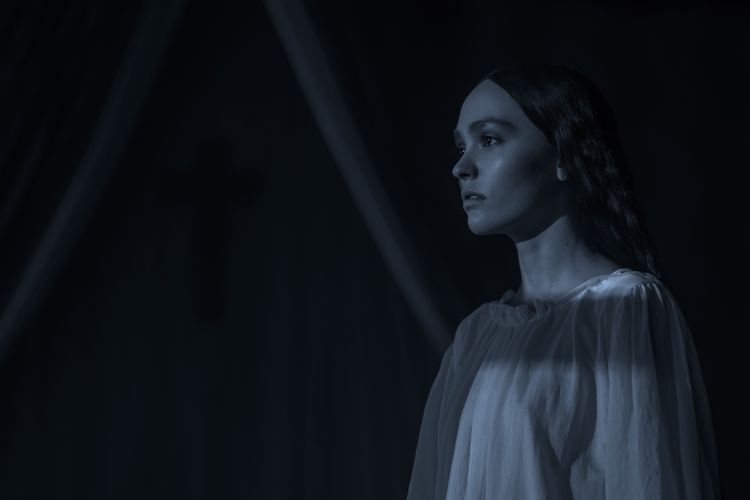
Pictureville Cinema is screening Nosferatu on 35mm from 31 January—the only place in Yorkshire to see it on print. So whether you’re ready to return to the darkness or succumbing for the first time, there’s no better way to experience this new gothic masterpiece.